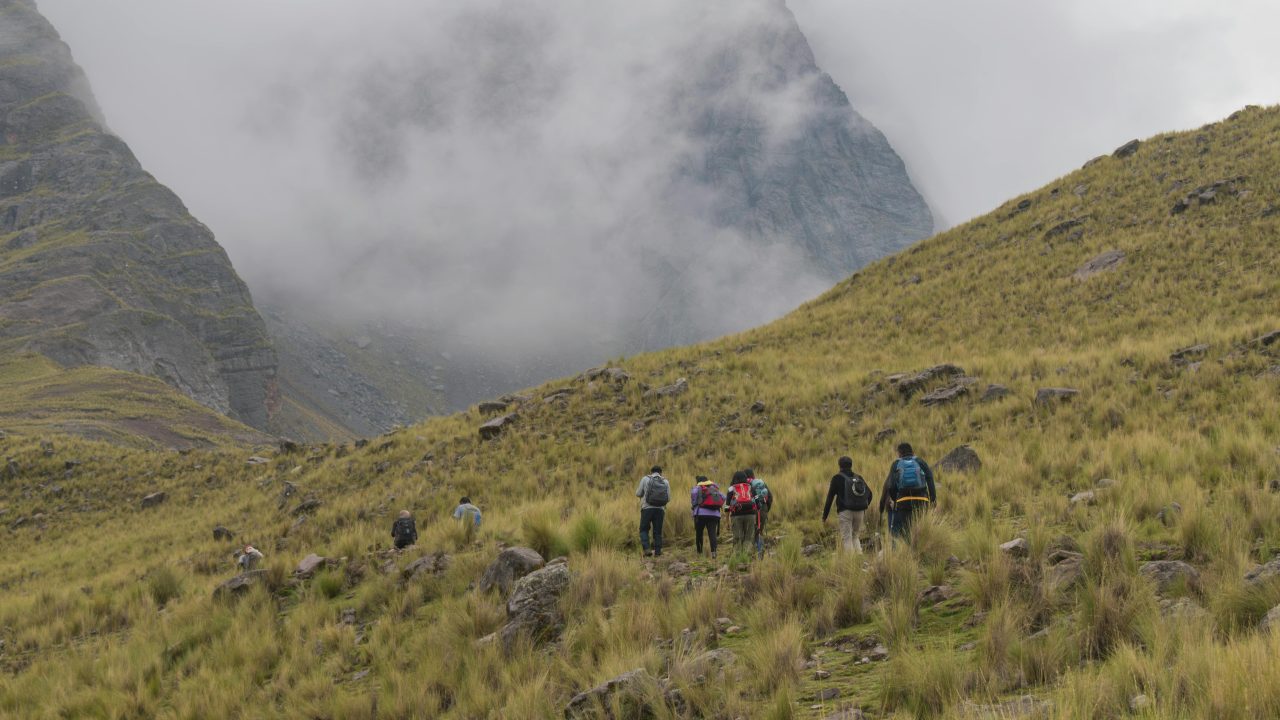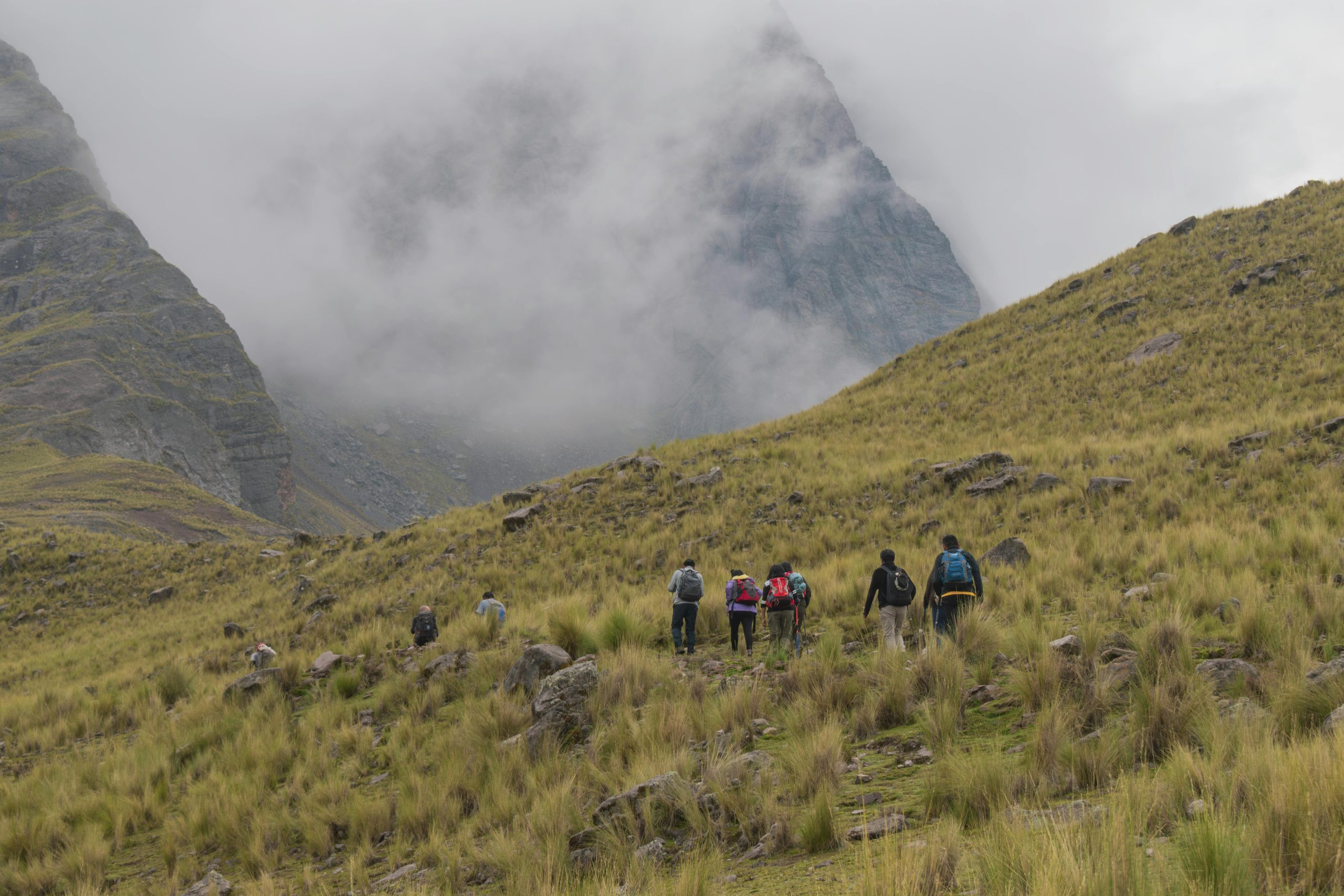Introduction
Nestled in the southern region of Chilean Patagonia, torres del paine national park is one of the most remarkable natural wonders on Earth. Known for its jagged mountains, turquoise lakes, vast glaciers, and incredible biodiversity, it attracts travelers from around the world who seek both adventure and connection with pristine nature. Recognized as a UNESCO Biosphere Reserve in 1978, Torres del Paine National Park stands as a symbol of ecological balance and conservation. The combination of breathtaking scenery and diverse wildlife makes it a destination worth understanding and protecting.
A Landscape Like No Other
The scenery of Torres del Paine National Park is nothing short of awe-inspiring. Its most iconic features are the three granite towers, known as the “Torres,” which give the park its name. Beyond the towers, visitors find the Cuernos del Paine peaks, vast valleys, shimmering lakes such as Lake Pehoé, and powerful glaciers like Grey Glacier. This unique geography is what makes Torres del Paine National Park so visually distinct and worthy of global recognition.
UNESCO Biosphere Reserve Status
When UNESCO declared Torres del Paine National Park a Biosphere Reserve, it acknowledged the park’s global importance for both nature and people. Biosphere Reserves are areas that balance conservation with sustainable use, ensuring ecosystems thrive while communities benefit. In Torres del Paine National Park, conservation programs focus on protecting endangered species, restoring native habitats, and managing tourism responsibly. This designation highlights the park’s critical role in preserving biodiversity while offering opportunities for scientific research and sustainable development.
Rich Biodiversity
Torres del Paine National Park is home to an impressive variety of wildlife. Visitors may spot guanacos roaming the steppe, foxes darting across trails, and majestic condors soaring overhead. The elusive puma, one of Patagonia’s top predators, also finds refuge within the park. Birdwatchers will delight in the more than 120 bird species recorded here. The park’s rich biodiversity is one of the main reasons Torres del Paine National Park gained recognition as a UNESCO Biosphere Reserve, serving as a sanctuary for species found nowhere else in the world.
Sustainable Tourism and Conservation
Tourism plays a vital role in supporting conservation efforts in Torres del Paine National Park. Local operators, including eco-lodges and guided tours, prioritize sustainability by minimizing environmental impact. Programs encourage visitors to respect trails, reduce waste, and learn about local ecosystems. By focusing on eco-friendly tourism, Torres del Paine National Park ensures that its stunning landscapes and wildlife remain intact for future generations. The UNESCO Biosphere Reserve designation helps reinforce these initiatives, creating a model for conservation-driven tourism worldwide.
Cultural and Scientific Importance
Beyond its natural beauty, Torres del Paine National Park holds cultural and scientific value. Archaeological sites reveal that indigenous groups once inhabited the region, leaving behind a cultural legacy that enriches its history. Scientists also study the park’s glaciers, weather patterns, and ecosystems to better understand global climate change. This research underscores how Torres del Paine National Park is more than a tourist attraction—it is a living laboratory and cultural heritage site of international importance.
Conclusion
Torres del Paine National Park is a destination that transcends simple beauty; it is a protected treasure of global significance. Its landscapes inspire awe, its biodiversity fosters ecological balance, and its cultural and scientific importance deepen its legacy. By being recognized as a UNESCO Biosphere Reserve, Torres del Paine National Park exemplifies the harmony between conservation and sustainable development. For travelers, scientists, and nature lovers alike, Torres del Paine National Park is not just a place to visit but a place to cherish, protect, and remember as one of the world’s most extraordinary natural wonders.





